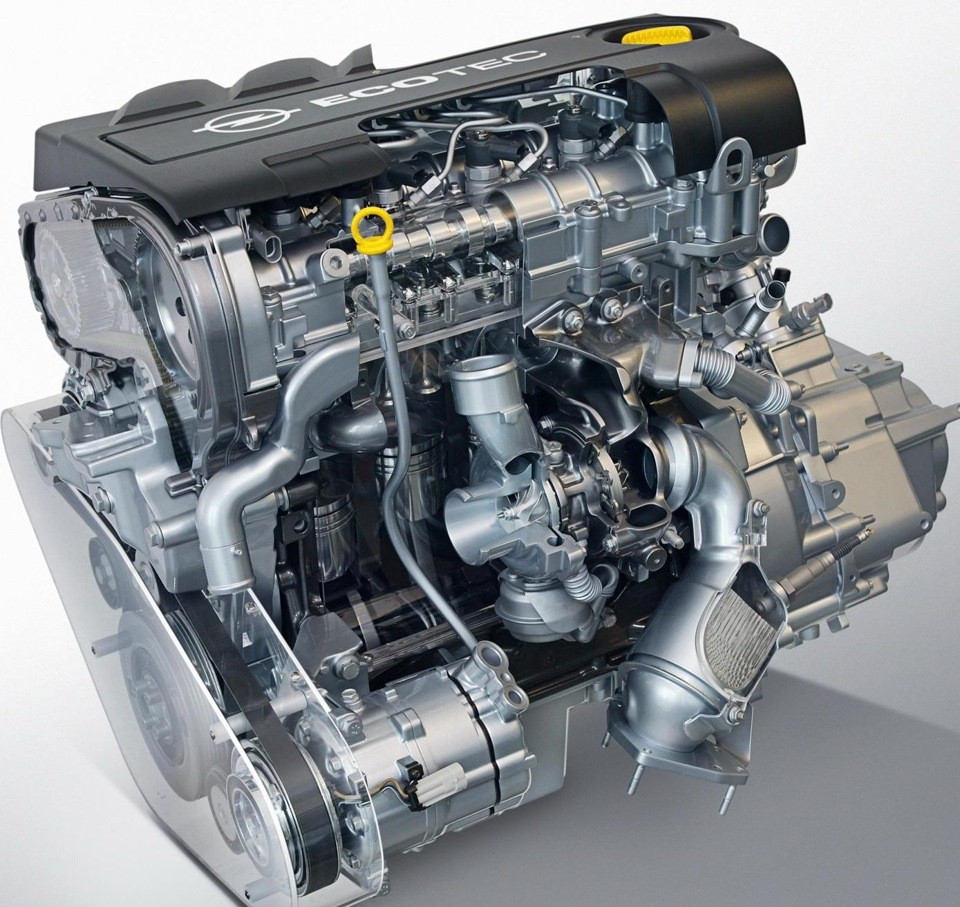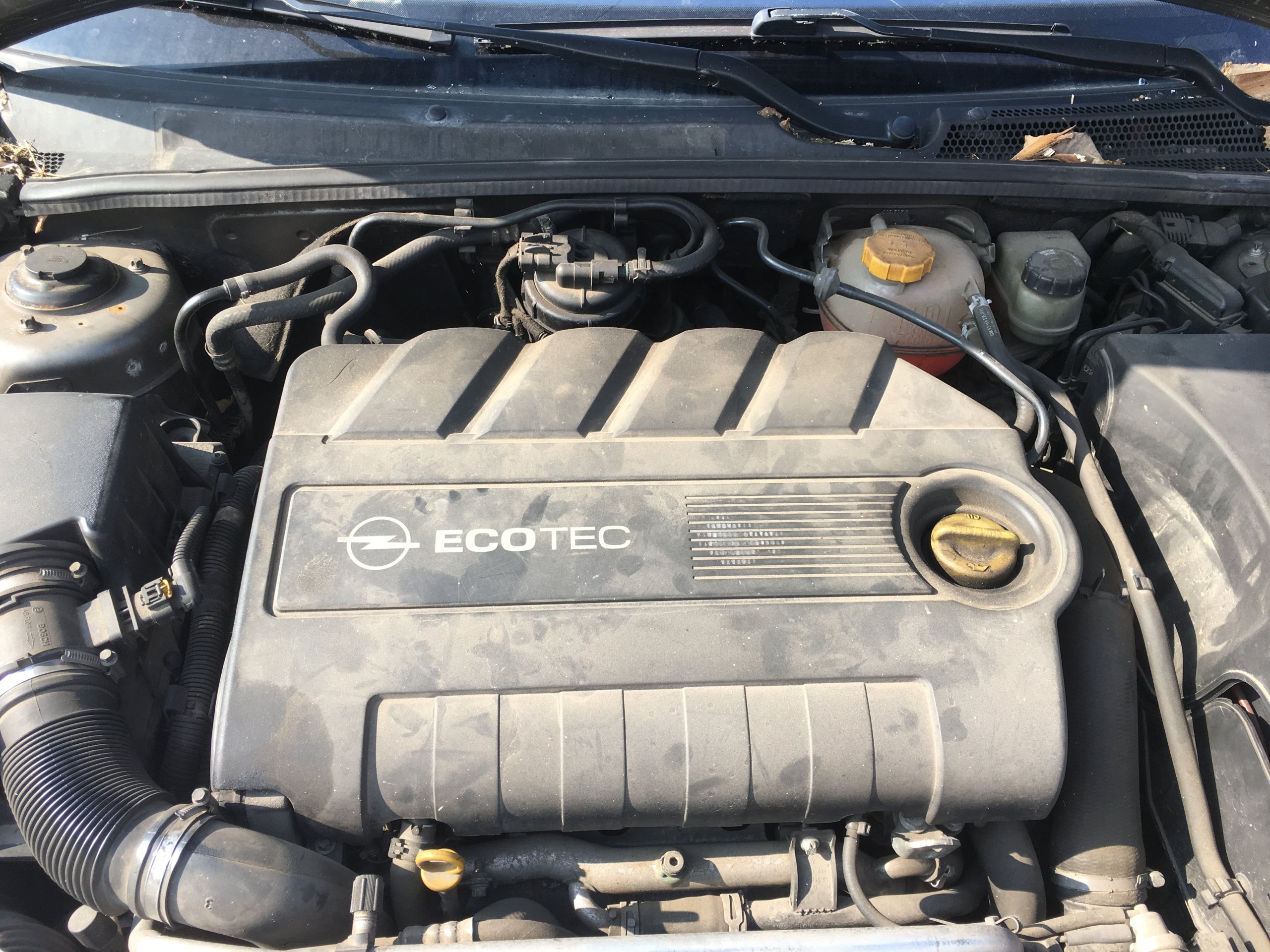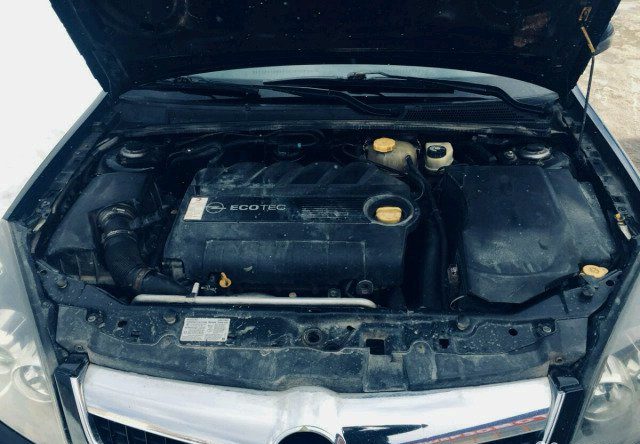
Engine Opel Z19DTH
Content
Serial production of a diesel power unit under the serial number - Z19DTH, began in 2004 at the Opel concern in Kaiserslautern. The turbocharged engine was installed on such popular models as Astra, Vectra and Zafira. In fact, this engine was another refinement of the Italian 1,9-liter turbodiesel (1.9 JTD) from Fiat, which was the first passenger car engine of its kind with a common rail system.
Z19DTH
The Z19DTH power unit is essentially the same 16-valve Z19DTJ, but it has 150 hp. At one time, Z19DTJ was deformed by stock firmware, because not every European wanted to have so much power under the hood of his car. But let's get back to Z19DTH.

In 2001, even before the formation of a separate division of Fiat Powertrain Technologies, in order to jointly develop engines and transmissions, Opel collaborated with the Italians. At that time, General Motors had a large share of its shares in Fiat and could significantly influence the key decisions of this company.
When GM had a need for diesel units, the auto giant's management did not look for complicated ways. The concern's engineers designed a completely "new" engine based on the old Fiat engine. This is precisely what explains such a wide distribution of the base unit Z19DTH.
In 2005, the Powertrain alliance between Fiat and General Motors fell apart, but engine production did not stop.
Opel and Fiat continued to produce them for another five years. By the way, the Italians produced many versions of this motor. For example, there was a modification without swirl flaps, which caused a lot of trouble for owners of cars with Z19DTH, released by the Germans.
| Characteristics of the Z19DTH | |
|---|---|
| Volume cm3 | 1910 |
| Max power, hp | 120-150 |
| Max torque, Nm (kgm)/rpm | 280 (29) / 2000 |
| 280 (29) / 2750 | |
| 320 (33) / 2000 | |
| 320 (33) / 2750 | |
| Fuel consumption, l / 100 km | 5.9-7.1 |
| Type | Inline, 4-cylinder |
| Cylinder Ø, mm | 82 |
| Max power, hp (kW)/r/min | 120 (88) / 3500 |
| 120 (88) / 4000 | |
| 150 (110) / 4000 | |
| Compression ratio | 17.05.2018 |
| The piston stroke, mm | 90.4-92.4 |
| Makes and models | Astra H, Signum, Vectra C, Zafira B, etc. |
| Approximate resource, thousand km | 450+ |
* The ICE number is located at the junction of the cylinder block and gearbox, engraved on an oblique area (if the BC is dirty, then the number may not be found).
The production of Z19DTH power plants was completed in 2010.
Features of operation, malfunctions and maintenance of Z19DTH
This diesel engine has proven to be a very reliable unit, rarely disturbing car owners, however, it turned out to be not without problems, the main of which is the breakdown of the intake manifold swirl flaps. The exhaust manifold, which “led” from heating, was also not famous for its durability. The EGR valve acted up from the slightest contamination, after which the engine usually went into emergency mode.

pros
- Great resource.
- Reliability.
- Maintainability.
Cons
- Intake manifold flaps.
- Exhaust manifold.
- EGR valve.
You can talk forever about the Z19DTH intake manifold swirl flaps. In fact, the idea of Opel engineers was not so bad - in the intake manifold for each cylinder they designed two channels, one of which is covered by a damper. This damper was designed to open slightly at low to medium speeds, thereby creating a swirl of air in the cylinder, which ensures better combustion of the fuel and reduces the formation of soot, as well as nitrogen oxide in the exhaust.
This is the essence of the design, but only in theory. In practice, these swirl dampers are extremely poorly made, and after clogging with soot and oil vapors, they often fail.

The USR valve, by the way, is one of the main culprits for the breakdown of the swirl bars, after which the engine runs in emergency mode. In this case, you can try to “mute” the USR programmatically (before buying a new one) or remove it physically (with the subsequent installation of a makeshift gasket that closes the valve hole).
Many motorists believe that the EGR valve is not just there, and in general it is a necessary thing, because engineers made it. However, in reality, everything does not work quite the way it was intended. If there is no way to programmatically delete the USR, then you can try to install the original gasket from Fiat Alfa, which will cost around 1 thousand rubles.
The replacement of the timing belt drive is carried out every 150 thousand kilometers or after 10 years.
What to look for when buying a car with Z19DTH?
First of all, of course, on the swirl flaps. The device is written above, and you can check their condition by looking at the place below the spark plugs. If everything is covered in soot and oil, and perhaps even a fallen bar is visible, then it is better to refuse to buy a car with such an engine. The bar flies off due to the fact that the damper bushings are dirty. They are plastic and soot from the USR penetrates into them. All this is exacerbated by oil vapor coming from the crankcase ventilation.
The turbocharger on the Z19DTH is integral. It is not prefabricated and comes complete with an exhaust manifold. The turbine itself rarely breaks down, which cannot be said about the collector itself. Often it is deformed in the region of the fourth cylinder, and sometimes even the lower pin breaks off, and in order to unscrew it later, you have to try very hard. So if there is a lot of soot on the collector, then the motor overheated.
You also need to look at the generator, in which the regulator often “flies out” due to the load. This usually happens when one of the diodes fails or the battery circuit breaks. Here you need to look at the charging voltage in test mode. Must be over 13,8V.

In a gearbox, 5-6 speed shaft roller bearings are usually problematic. It's all about the incorrectly set preload from the factory. To check the condition of the gearbox, you need to look at the operation of its handle, which should not twitch at 5-6 speeds or when accelerating. There should also be no whistling sound.
And finally, you can "check" the dual-mass flywheel (DMF). It is quite difficult to identify the symptoms of its breakdown if you do not know certain nuances of the operation of this node. Usually, a problematic DMF is indicated by: slightly floating idle and twitching of the car at low revs, a poorly grasping clutch, knocking when shifting into reverse gear, sharp jerks when accelerating or decelerating the gas.
About chip tuning of the Z19DTH engine
To slightly increase the power of this unit, and by doing this with minimal investment, you can install an exhaust from 63,5 mm, a hybrid of the 1752 Garrett compressor, a larger intercooler, and reflash the ECU. A turbine hybrid is made by replacing the compressor wheel, snail and plate with larger ones. But in fact, it is much easier to "chip" the engine with a power of 200 hp or more.

The only question is how two hundred “horses” will affect the engine itself, because most likely it already has a decent mileage ... Nevertheless, you can try, because chip tuning is a fairly safe procedure that allows you to increase vehicle power without installing additional equipment. The peculiarity of this improvement is that during the “flashing” of the control unit, you can change the settings of the power unit itself.
There are firmware options without the USR valve, DPF and swirl dampers SWF. The proven firmware of the Bosch 16C9 control system (Astra H TT - Bosch 16 C39) provides the following features:
- increase in power and torque by 20-30% (in stock 120-150 hp);
- confident "pickup" from low revs;
- high flexibility of ICE characteristics;
- reduced fuel consumption.
Conclusion
The main problems of this engine: the USR valve and the particulate filter. The first thing that many recommend doing to adapt the Z19DTH to Russian conditions is to “muffle” the valve and cut out the “soot” valve, because. they directly affect the life of the intake manifold.
Another problem with this engine lies in its swirl flaps and is expressed in the wear of rubbing mechanisms, which leads to the bar falling onto the manifold.
And lastly, this concerns the manual transmission - the dual-mass flywheel literally falls apart after 150-200 thousand km.
Otherwise, the Z19DTH unit is one of the most reliable of its generation. It has a large motor resource and, with a serviceable car, the dynamics are excellent, and fuel consumption is the most average, about 6.5 liters per 100 km. Consumables: pads, filters, oil, etc. - all at reasonable prices.

